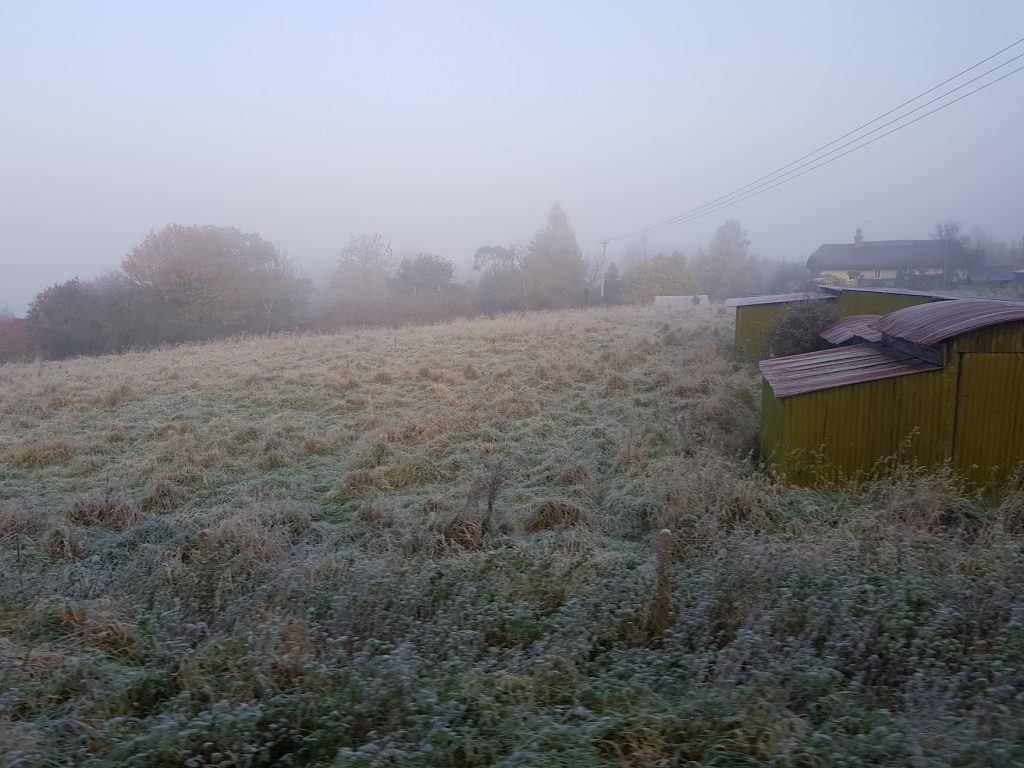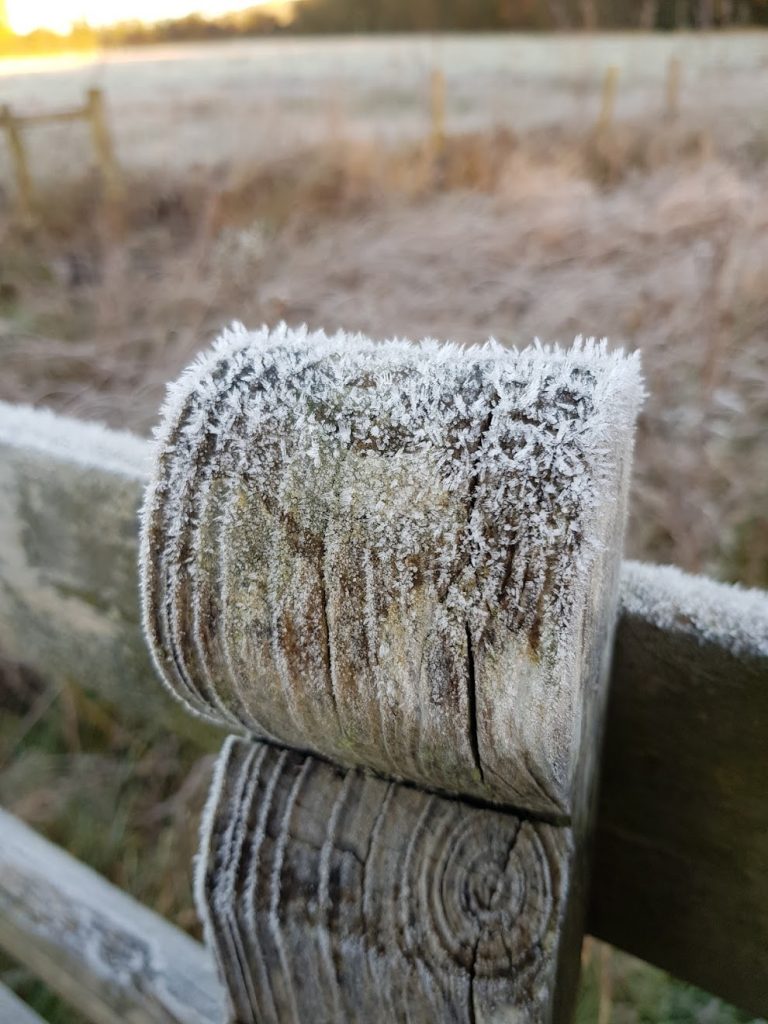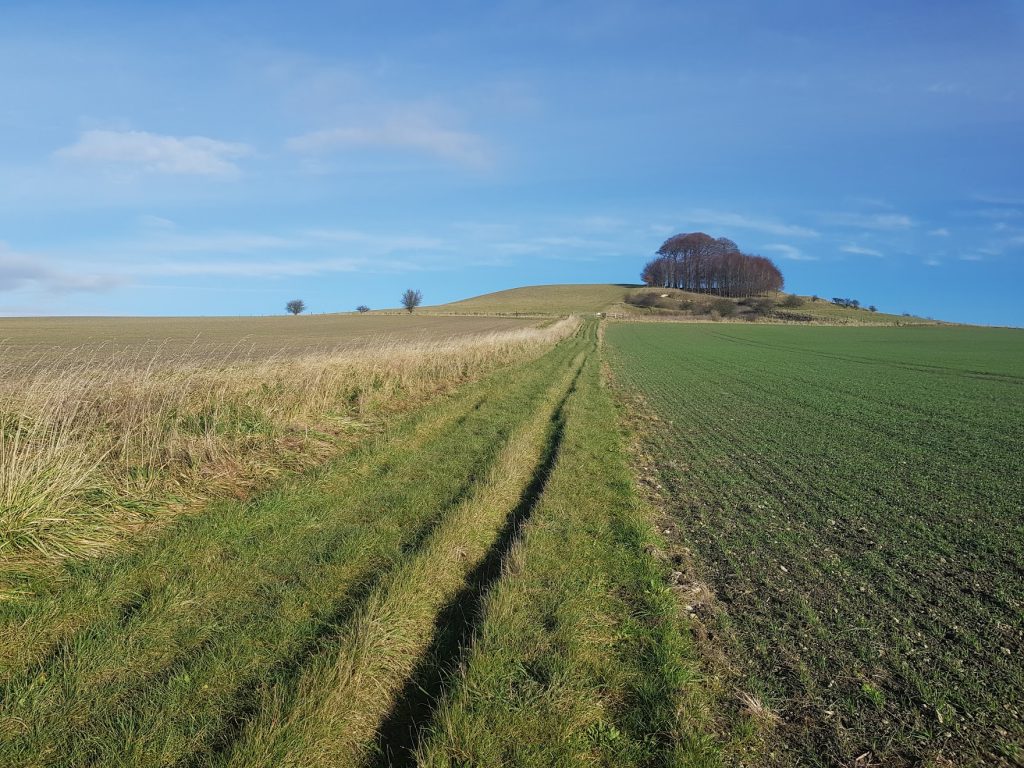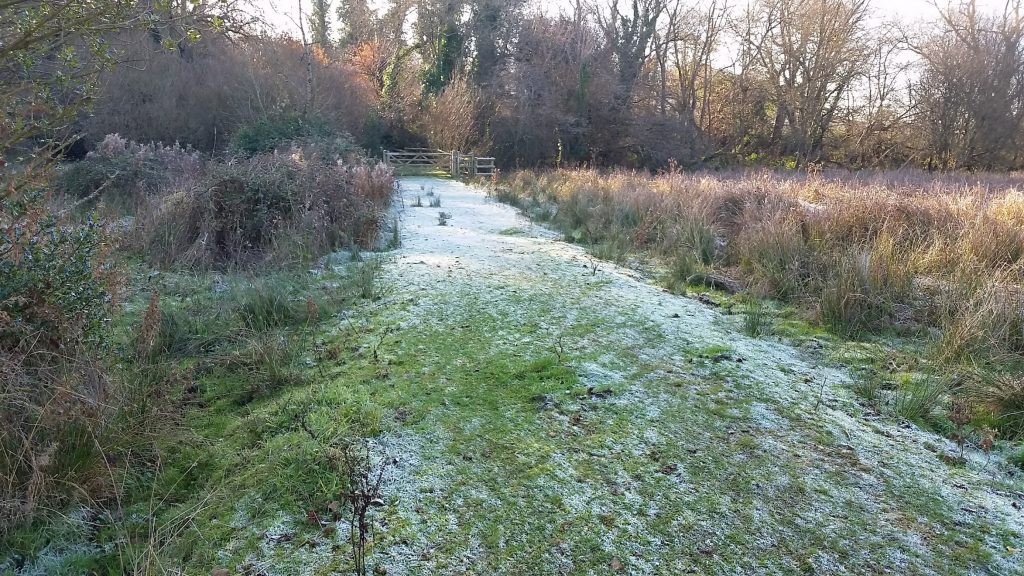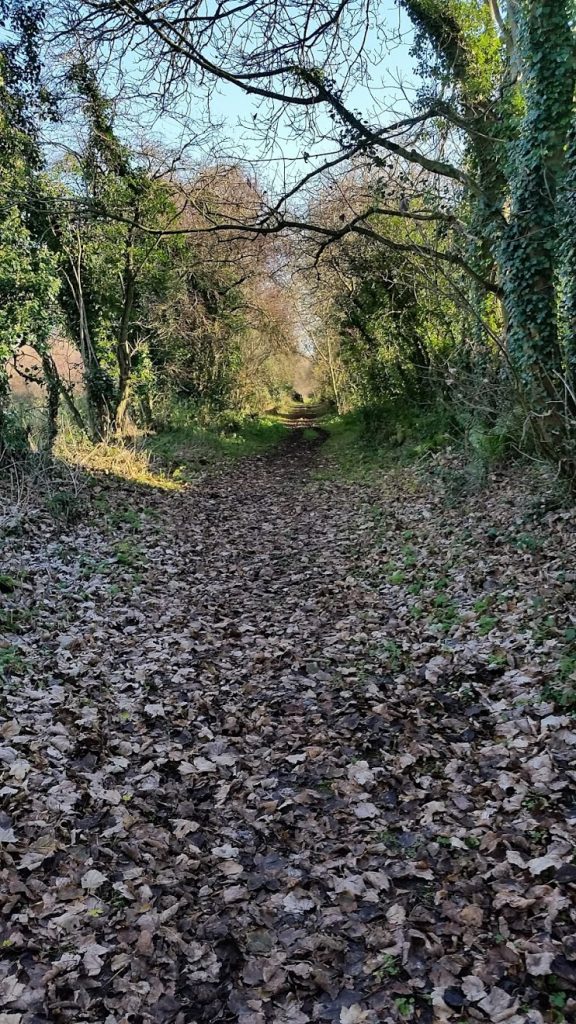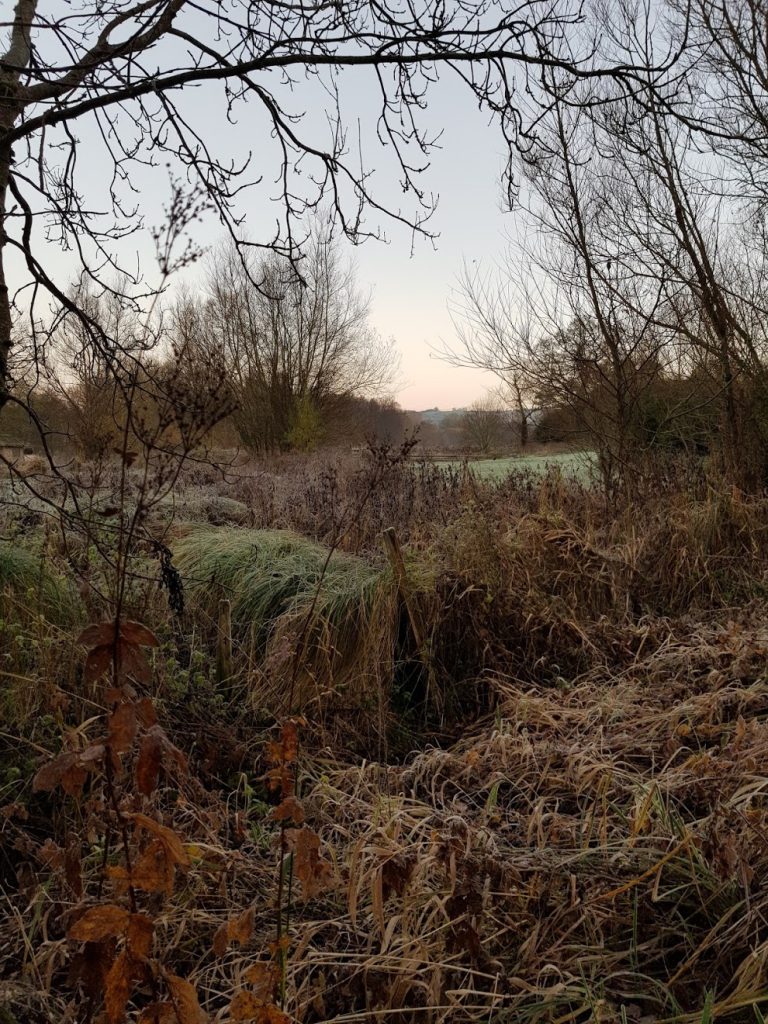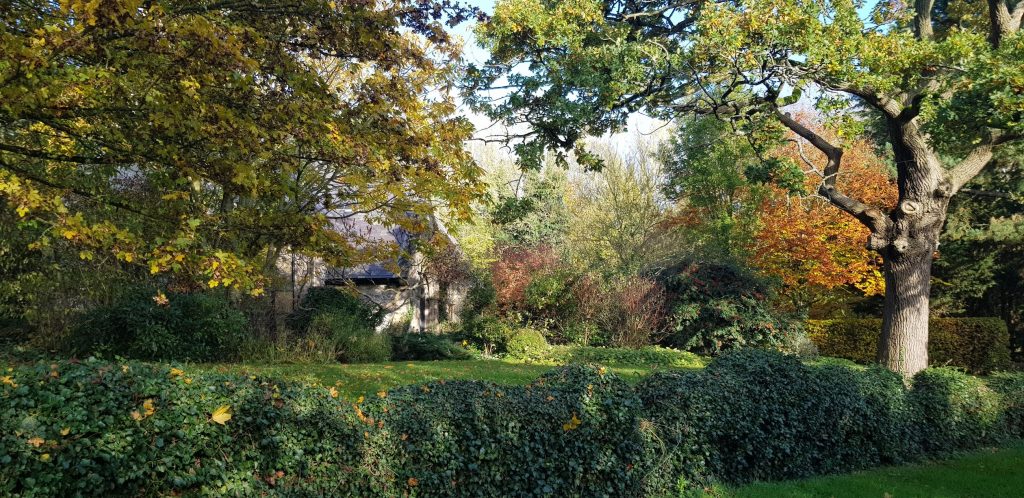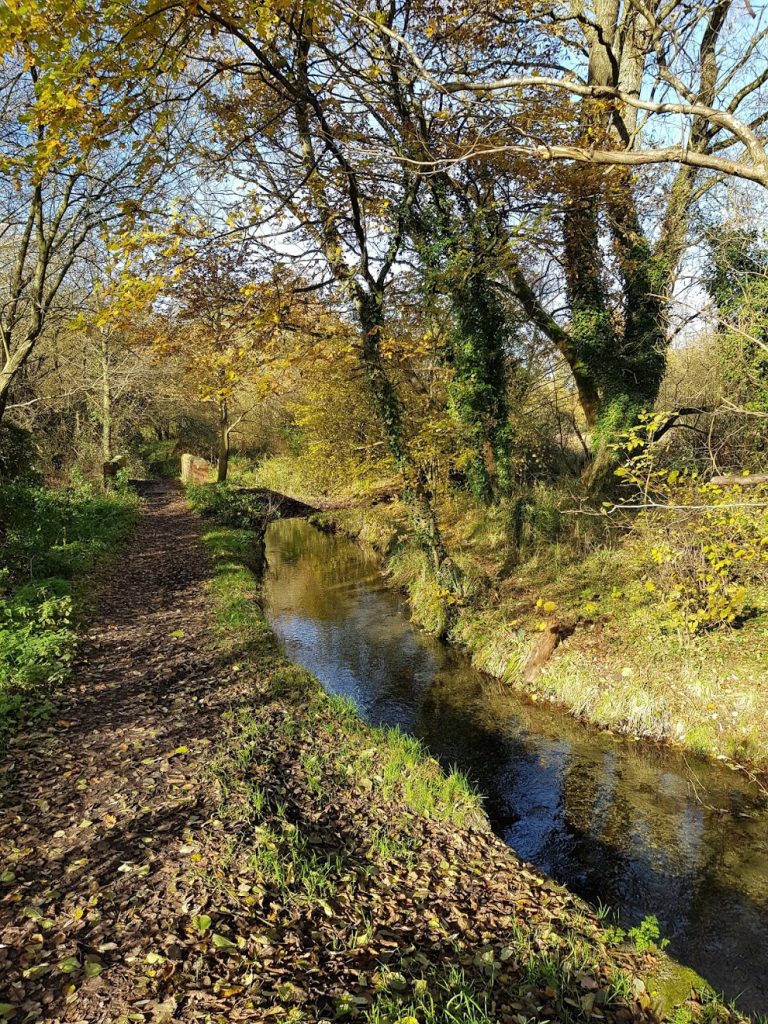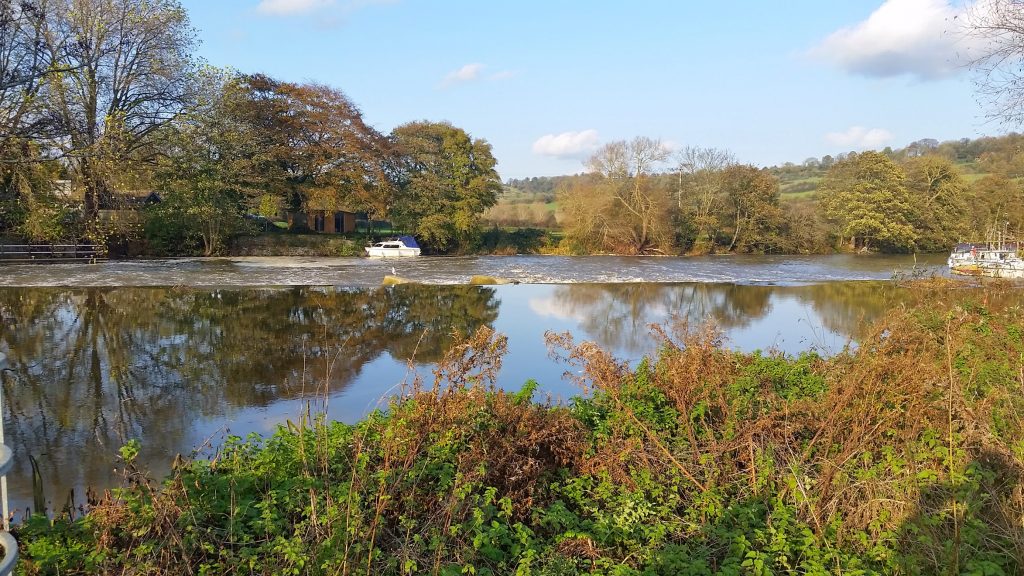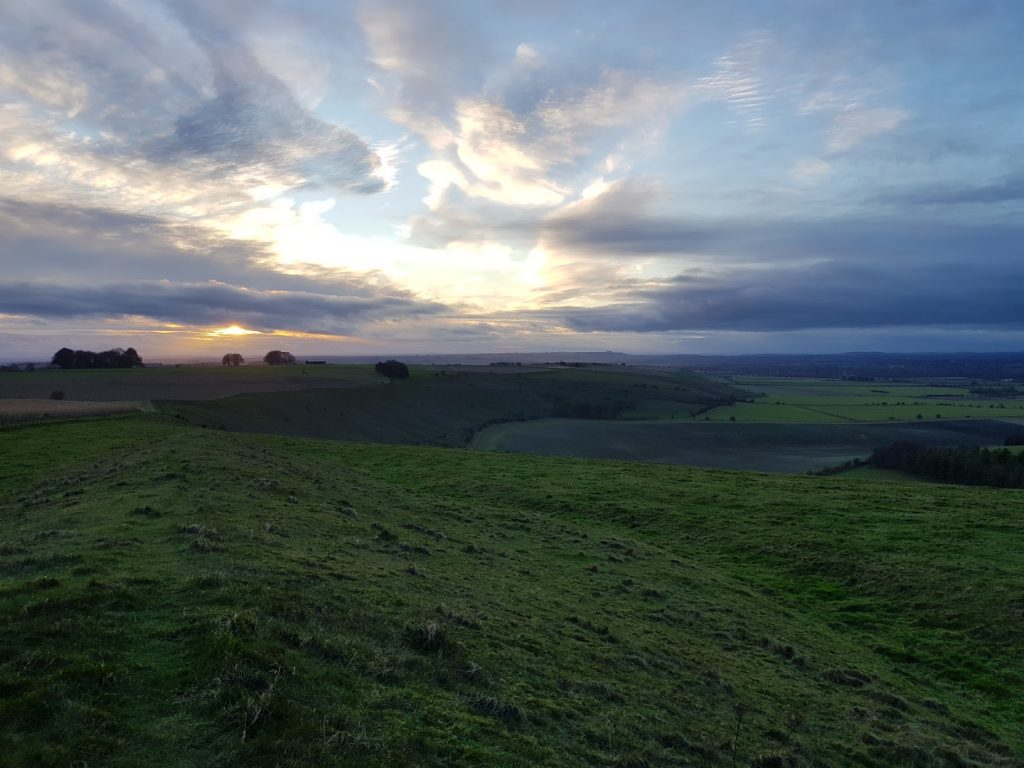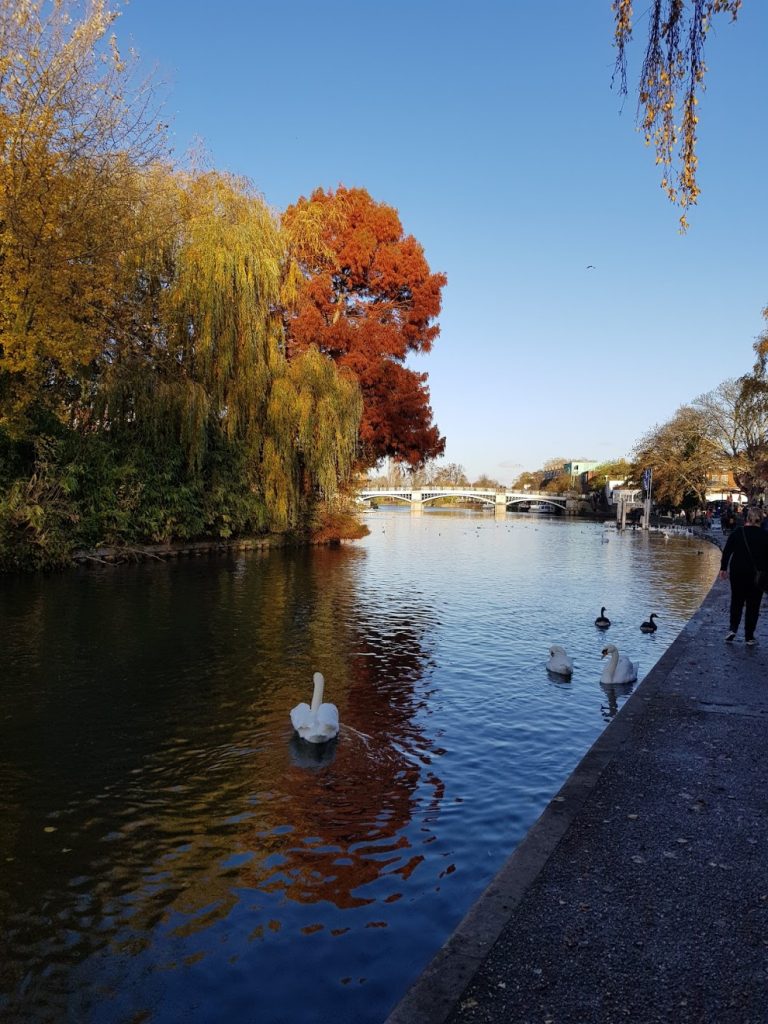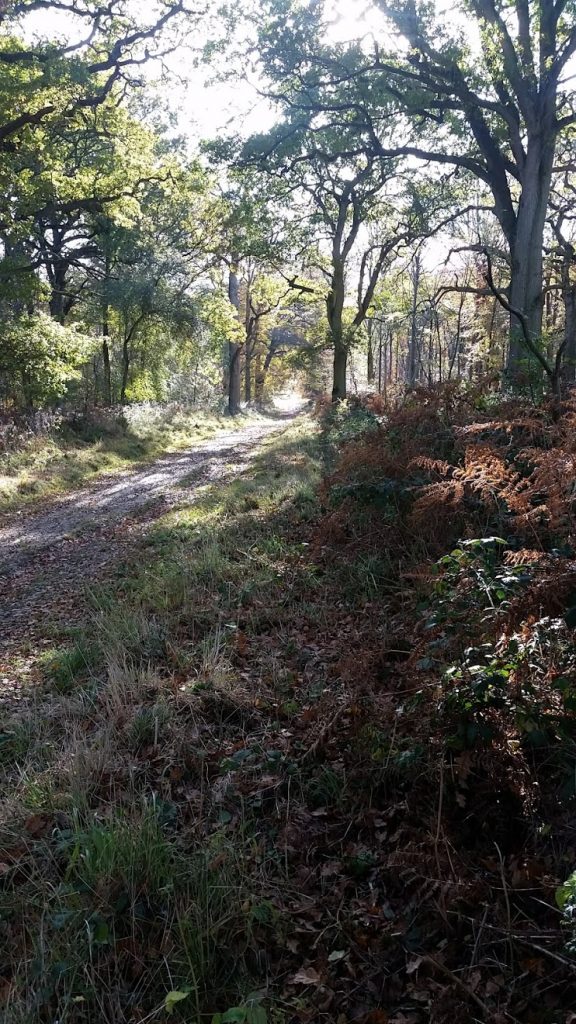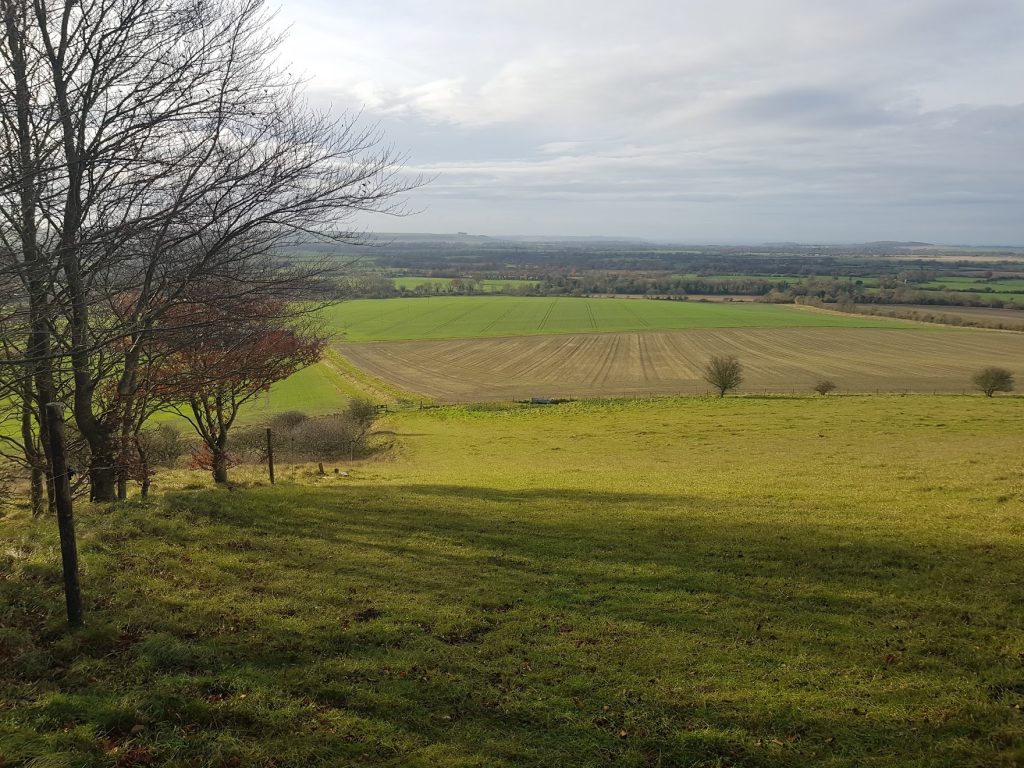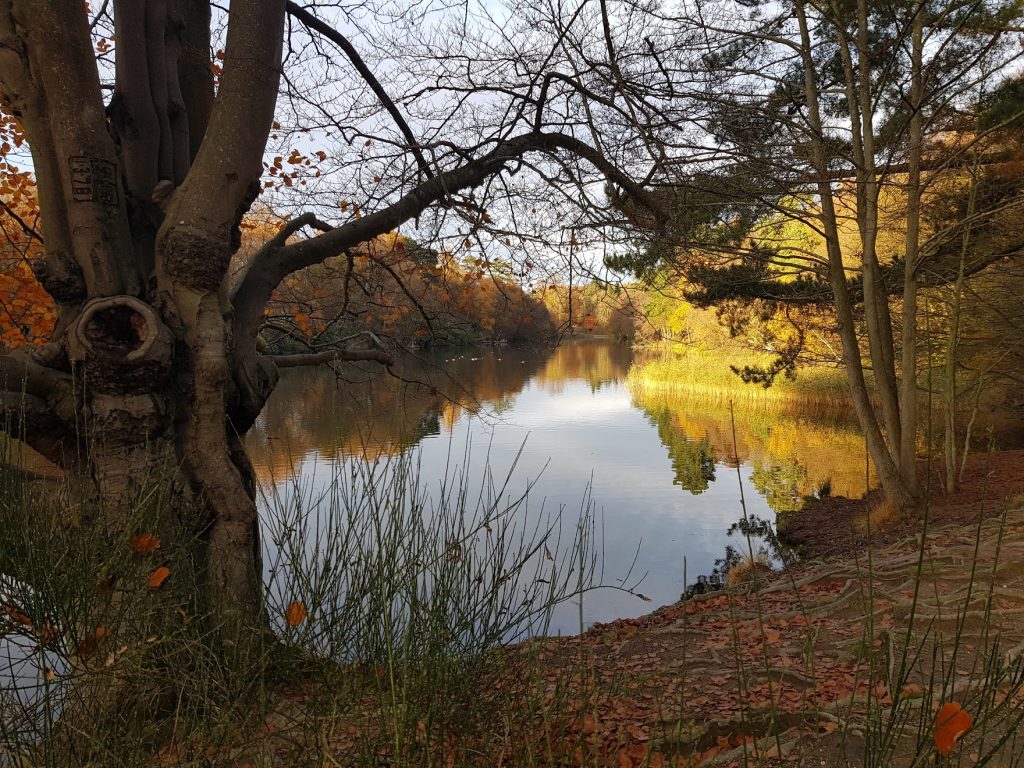November seasonal events and activities.
November’s sky is chill and drear,
Sir Walter Scott
November’s leaf is red and sear.
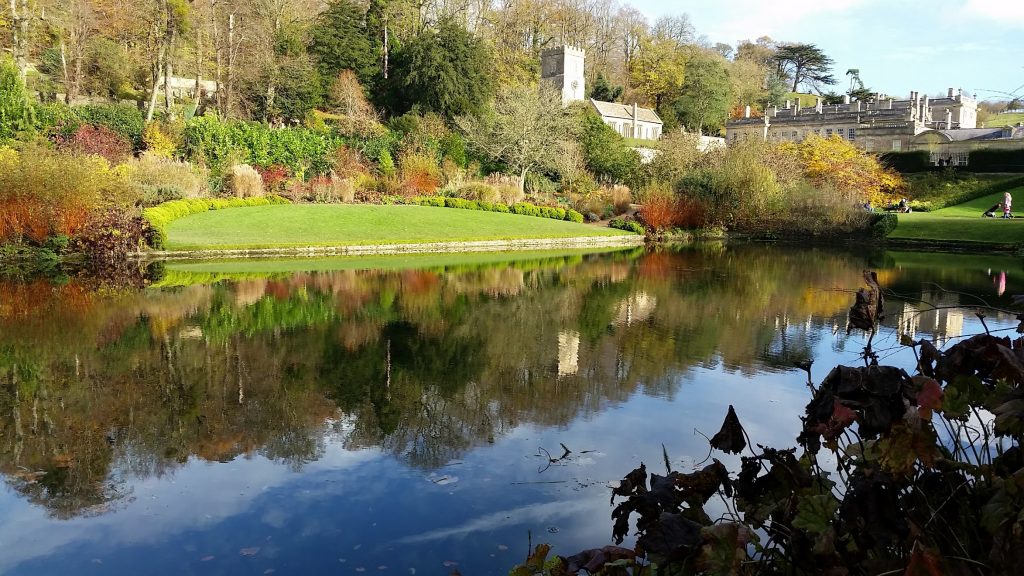
November can feel like a month of shock and suspense. Starting with All Saints day and the hangovers from Halloween or Samhain (Note – Halloween and Samhain are not the same thing) followed quickly by the bang of bonfire night, November could seem to be festive.
However, November follows close on the heels of the end of summertime and can be a dreary and dull month. The previous month, October can be mild and sunny, and suddenly it becomes dark and damp.
November
Jump to....

Dates, events, holidays and festivals.
November 2022
Seasonal, astronomical and nautical events
1st November – 1st Quarter
2nd November – Neap Tide
8th November – Full Moon, Beaver Moon
9th November – Spring tide
16th November – 3rd Quarter
17th November – Neap Tide
23rd November – New Moon
24th November – Spring tide
Festivals and events, religious, traditional and sporting
5th November – Bonfire Night
5th November – The tar barrels of Ottery St. Mary
6th November – Bridgewater Carnival
19th & 20th (TBC) November – ChocFest
28th & 29th November – Royal Welsh Winter Fair
30th November – St Andrew’s Day
TBA November – Longleat Festival of Light
Mid-September to November (TBC) – Matlock Bath Illuminations
Find more events and notable dates throughout the year
Find out more about seasonal foods throughout the year with a guide to Seasonal foods.
In nature
Getting ready for winter
On the Farm in November
Grass deteriorates in quality and will stop growing soon.
Tup sales.
House cows. Feed livestock. Male calves castrated before the onset of frost.
Ploughing and continued late drilling of wheat and barley.
Find out more about what is happening in the Year on the farm

Things to do in November
Out and about
Also, see the Out and about Blogs
The end of days and the new start.
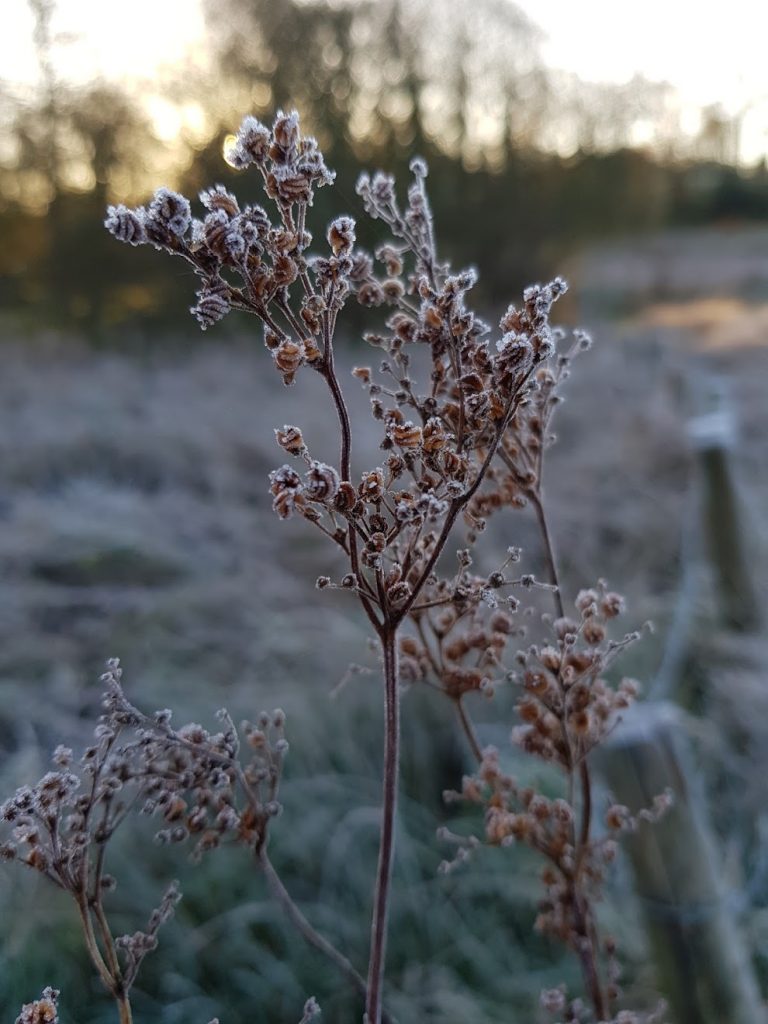
Recipe of the month.
Slow cooker beef bourguignon
I’m not a steak sort of person, nor a go crazy for roast beef. However, I might have a good quality burger once a twice a year and go WOW, and do occasionally get good mince for a traditional cottage pie.
So, this is a bit of a change for me. Very tasty too.
Serves 3 – 4
Ingredients
3 tbsp vegetable oil
400g stewing or braising steak, cut into small chunks
4 rashers smoked/green streaky bacon
2 medium onions
1 large or 2 medium carrots
2 celery stalks
2 bay leaves
2 Rosemary sprigs
150ml – 250ml red wine
1 beef stock cube or equivalent
2 tbsp tomato purée
200g closed cup mushrooms, halved or quartered
Salt and pepper
Equipment.
Slow Cooker.
Pan for frying (doesn’t need to be a frying pan).
Chopping board and knife.
Preparation
Turn the slow cooker to low.
Chop bacon into fine slices. Lardons can be used.
Dice steak if not already diced.
Peel Carrots and slice: diagonal is nice, but not essential.
Peels and cut onions: 1 chopped, the other sliced ( for use later in the day)
Chop celery, again diagonal is nice, but not essential.
Cooking
Heat 2 tbsp of the oil in a large frying pan and add the bacon. Fry for a few minutes, it can start to brown.
Season the beef and fry for 3-4 mins in batches until browned all over. If using a reasonably large pan this should be one batch.
Place the herbs in the slow cooker and then add the bacon and beef scooping out with a slotted spoon.
Add the onion, carrot and celery into the pan and fry for 5-10 mins until soft. Add to the slow cooker.
Add a splash of wine to the pan and heat briefly to get any remaining juices and flavour, add to the slow cooker.
Add stock cube/stock pot to slow cooker. Add tomato puree and remaining red wine. Top up with a little water if required.
Simmer on low for 6-8 hrs our high for 4 – 5 hrs until the meat is falling apart but still holding its shape.
About 40 mins before serving, heat the remaining oil in a pan.
Fry the sliced onion for 5-8 mins on medium heat, then add the mushrooms and cook until the onion is caramelised and the mushrooms are starting to soften, then tip into the slow cooker.
Simmer the stew gently on high for 30 mins.
If you want a thicker gravy, use the reduce function or leave the stew uncovered.
Serve with…….
Nice crusty bread is always a winner. You might be on for a treat if you can get something like a proper French baton with a spread of creamy, salty butter to dab at the sauciness. Yum!
Mashed potatoes work well, or you could be wild and serve the lot in a giant Yorkshire pudding! If not opting for bread, I love some green vegetables – Calabrese or Broccoli with peas works wonderfully. I bet you will be tempted to second helpings……..
For more inspiration see the Food Blogs
November Jobs in the vegetable garden or allotment
General Jobs
Clear old vegetation and compost. Cut down old blackberries. Remove plant supports and store.
Digging. Spreading compost and manure. Lime soil where needed.
Net brassicas (stop pigeons).
Planting trees, shrubs and bushes.
Remove rotten fruit and destroy (burn). Start winter pruning of fruits and trees. Shred and compost healthy, burn any diseased items.
Cloche late crops.
General repairs to fencing and structures.
Sowing and Planting
outdoors: Sow – Broad Beans.
Plant: Garlic, Fruit trees and bushes.
Harvest
Brussels sprouts, Cabbages, Carrots, Cauliflowers, Cranberries, Celeriac, Celery, Chicory, Endive, French beans, Jerusalem artichokes, Kale, Kohl rabi, Leeks, Lettuces, Oriental leaves, Parsnips, Raspberries, Spinach, Sprouting broccoli, Swede, Swiss chard, Turnips, Winter radishes.
Find out more about what is happening in the allotment or vegetable garden
Seasonal transition and the change to winter
November for many is a month very lacking in Cheer. Misty, muddy, damp and dark it can seem like a rude shock after the bright cheer of the summer months and early autumn. Maybe this was why in ancient times the festival of Samhain was so important because it was a marker or transition from one major season to another. A time to take stock and rest, eating the fruits of your year’s labour.
The flowers are gone, the last few rotting away. Ivy makes the exception, a mass of buzzing activity if there is any sun or warmth and being a vital last feed for bees and other insects.
Trees drop their leaves becoming skeletal, revealing the bones of the landscape. Hedgerow plants die back and a rich mulch of leaves coat the floor. It can be eerily quiet, the birds have nothing much to do, with no young to raise and food being plentiful and territory to defend gives no rise for songs of possession.
For many, frost can be a welcome cheer. Making bright that which is beige, grey and dun-coloured. Frost makes mud solid giving easier, firm and grippy passage, rather than the slippy uncertainty of milder damper days.
The festivities of Christmas are still a while away and the promise of lighter days of Solstice and New year is a distant promise as nights extend.
New life, November seasonal events
However, all is not gloom. Looking closely you will see new life preparing for the next year.
In hedge bottoms and in grassy places new life is starting. Seedling umbellifers like Cow parsley and Hog Weeds are sprouting, creating their “Carrot” ready for the spring explosion. Other plants too, nettles, Goosegrass (Cleavers), dandelions on recently bared soil created by previous plants dying of the diverse actions of animals. The grass itself can often be found to be sprouting having recovered from the effort of seed production, or the trials of long dry summers. There can be greensward in paces and new grasses to growing from the recently ripened seeds.
The farm is a place of growth, the browns of the countryside being that of literature not reality.
Winter quarters might be prepared for Cattle and sheep, but they are still out on the field. Sampling the late season plants on the downs, or the autumnal growth on pastures, they are fattened before being brought close to farm or housed in the barn for shelter from the winter blast.
Fields are green with growth and Winter Wheat and Barley are a welcome sight. OSR (Oil Seed Rape) provides an unintended tempting feast for many passing pigeons. In recent times more fields are vibrant with plants and growth because attention in modern farming has returned to lays and follows for soil regeneration.
This is not a time of rest for the land, but a period of progression. Crops are undersown to hold the soil and nutrients with green manures. This planting helps to capture more carbon all year and encourages natural fertility. All unsung heroes against climate change in the modern world.
Look to the future
Whilst all can seem dull and dying, perhaps November might, in some way, be the best time to look to the future.

Activities, things to see and do in November
With lengthening days arise more opportunities to get out and about. To see what is happening in nature and the countryside. There is also a lot more to see as they year really starts to get going.
Thinking about getting out and about, then perhaps Buy OS Landranger maps direct from Ordnance Survey to discover new places or see the latest handheld GPS devices with bundled mapping from Ordnance Survey.
Sign up for a newsletter.
November in pictures
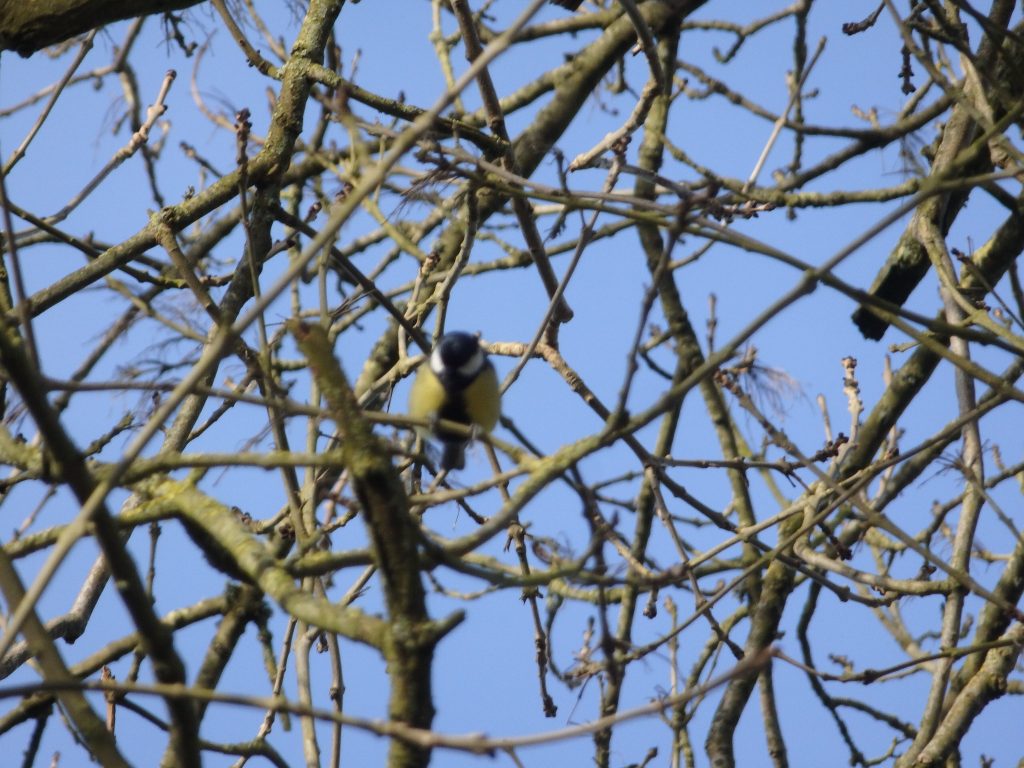
Blue Tit 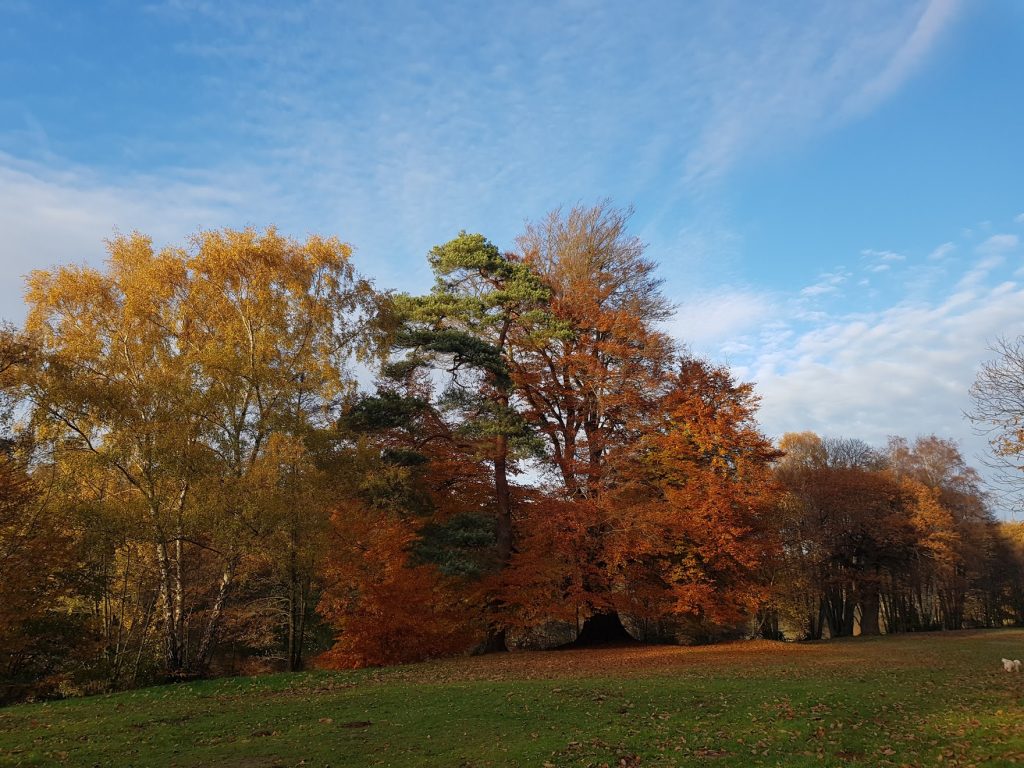
Colourful trees 
leaves on the ground 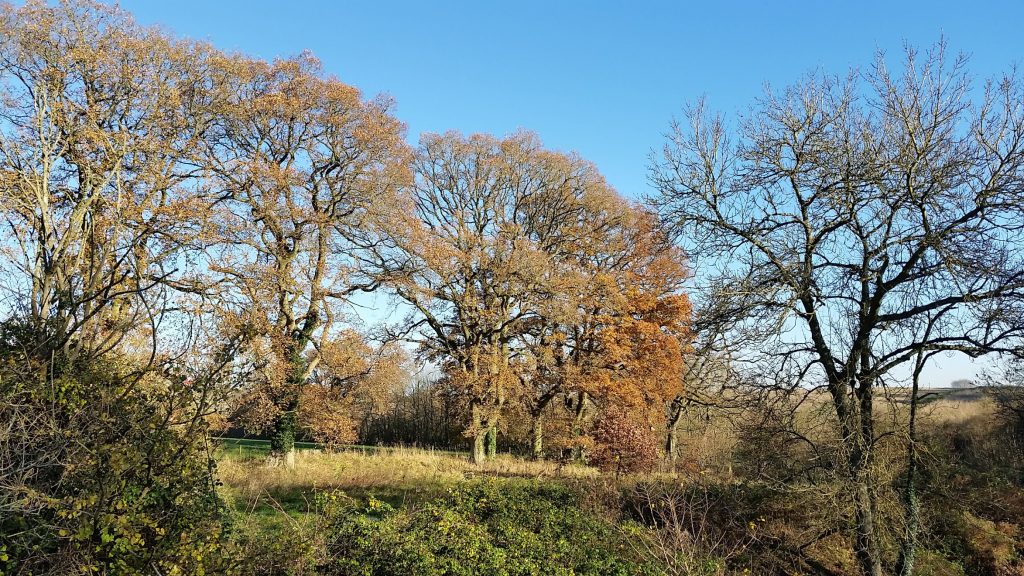
Trees losing leaves 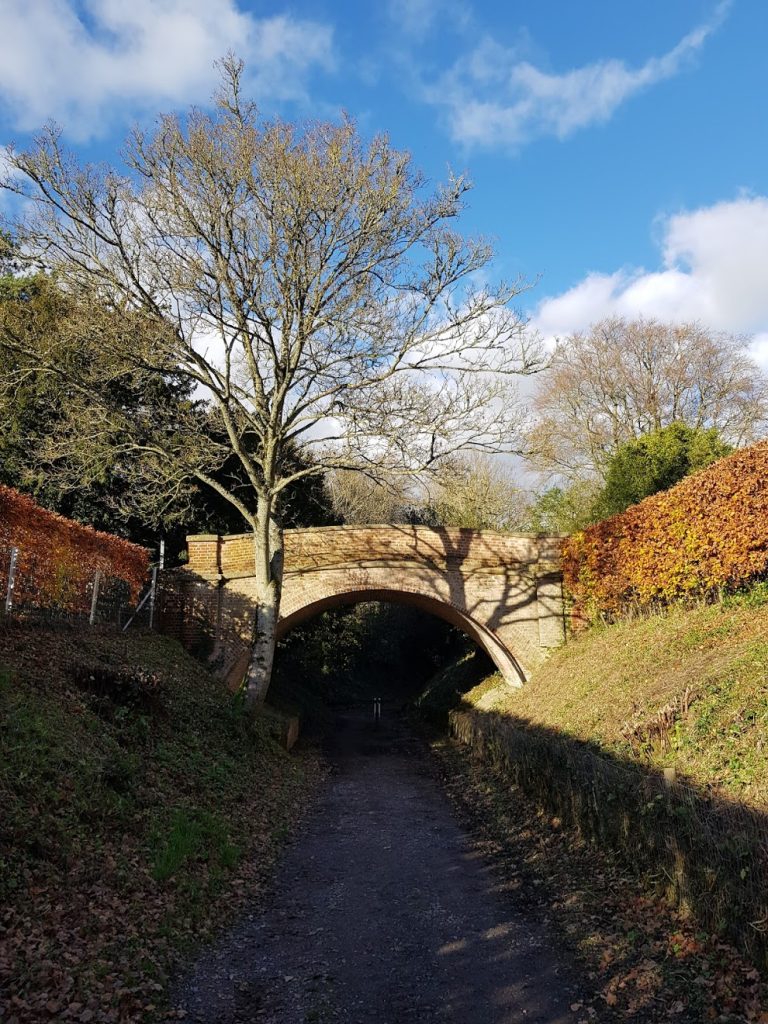
Decorative bridge 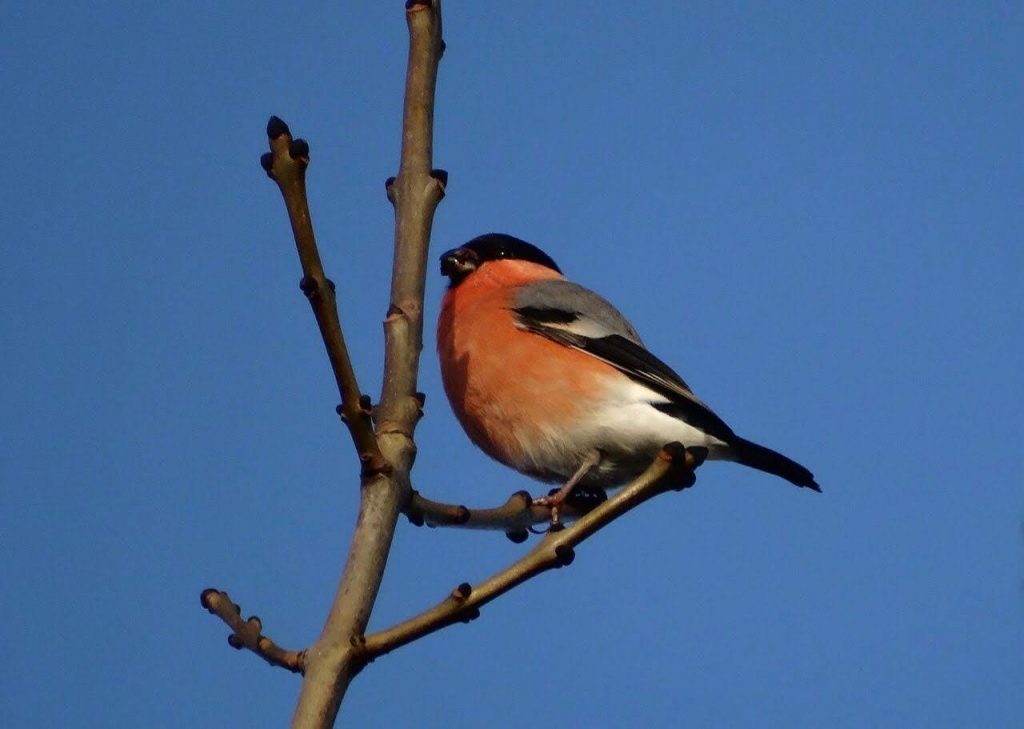
Bullfinch 
Canal relections 
Canal lock 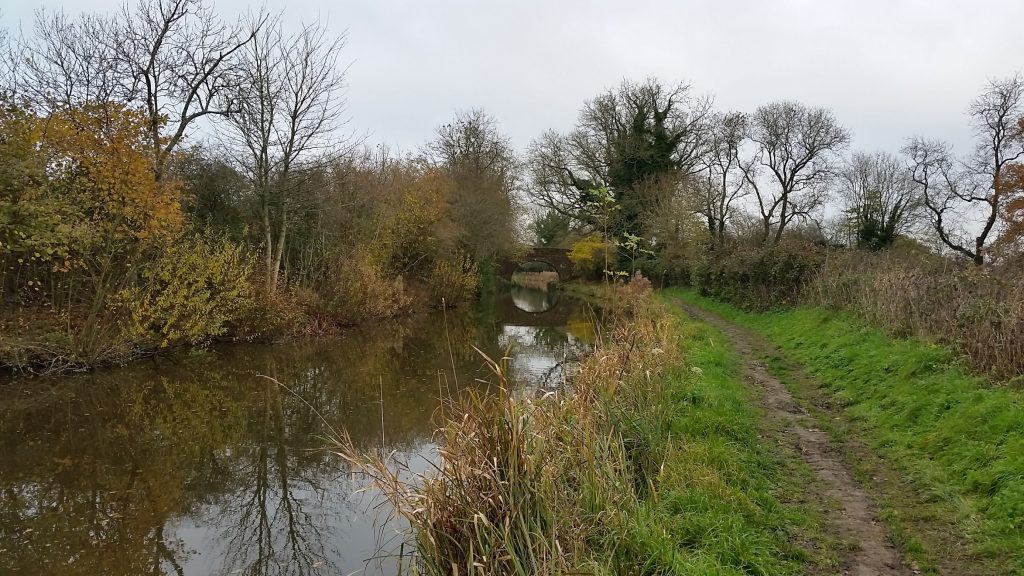
Muddy waters 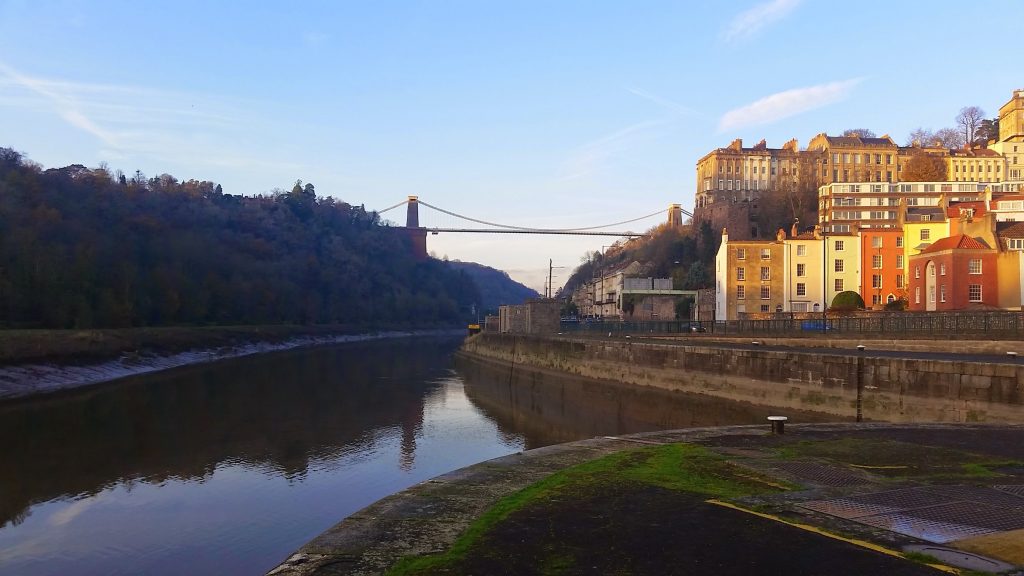
Clifton suspension bridge 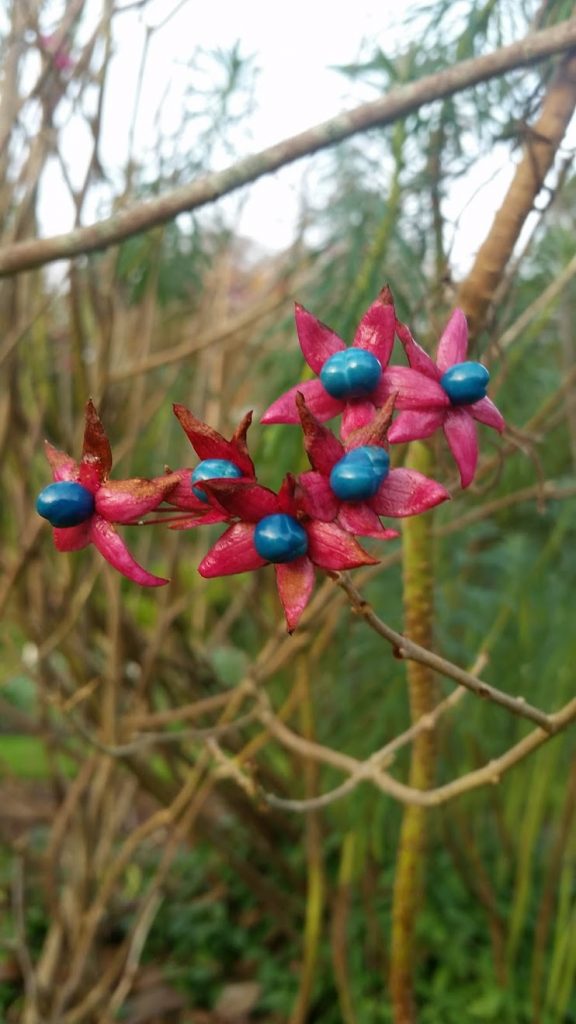
Colourfull fruits 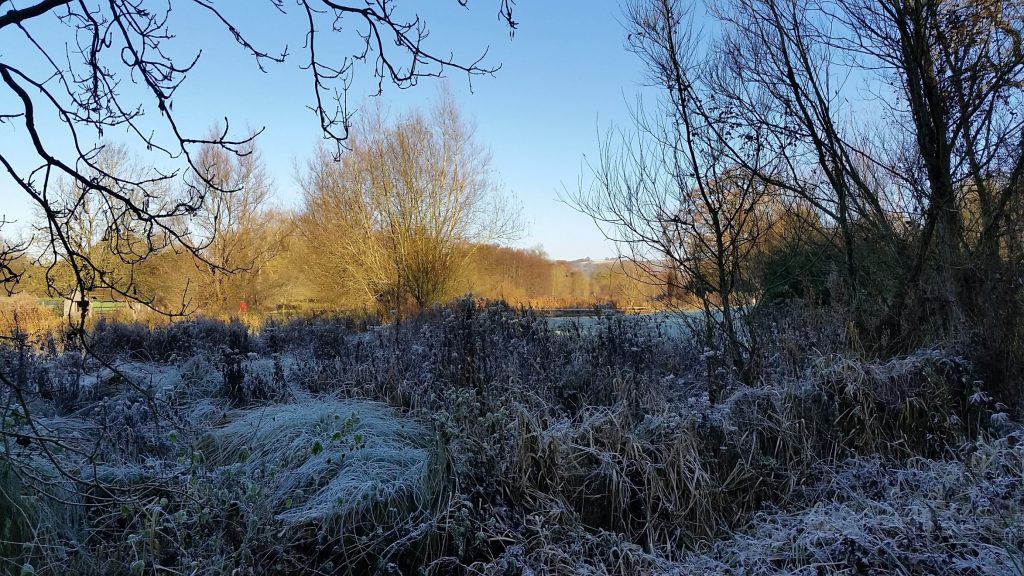
Frosty morning 